Discovering your own Archaeological Site : Part 1
Discovering your own Archaeological Site : Part 1
As Brain Fagan (1996/1997:149) rightly notes: "Our knowledge of the past is limited by preservation in the ground and also by our own methods for recovering data." An important first step in any fieldwork programme aimed at acquiring such data involves locating, identifying and recording promising sites for further investigation and/or excavation.
Accidental Discoveries
Archaeological deposits are often discovered accidentally, or at least those deposits left behind by early humans. Pliestocene deposits are usually situated far below the earth's surface and are often uncovered when excavation are carried out in the course of street and canal building, the cleaning of sand pits and gravel pits, the excavation of foundation, etcetera. Stone implements and pottery are often are often ploughed up when land is being cultivated . Isolated finds of this nature may indicate that there are more objects lying buried in the vicinity. It is only at this stage that archaeologists will be able to examine the deposit and, if it is both desirable and possible, institute further systematic excavations. Where deposits have already been found, they will be able to search the whole area systematically for further possible sites, with due regard to the distribution of the existing sites and geological and topographical considerations. Caves and the terraces of rivers are examples of the sites which lend themselves to further research.
Lascaux Cave
Many famous archaeological finds were made by accident. Examples would include the rock paintings in the Lascaux Cave in France, which were discovered by two school boys during the Second World War. The narrow enterance to the Cosquer Cave South - Easten France, some 120 feet below sea level at the foot of a cliff, was discovered by a professional deep-sea diver, Henry Cosquer, in 1985 (Clottes 1996). The magnificient gallaries of the Chauvet Cave were discovered in December 1994 by three speleologists exploring the ArdSche region of South-Eastern France (Chauvet et al 1996).
The Wonder of Chauvet: The Chauvet Cave in France is regarded as one of the most significant prehistoric art sites as it contains some of the oldest known cave paintings in the world.
The Terracotta Army
The Terracotta Army that belonged to China's first Emperor was found by farmers digging for a well in 1974 (Renfrew & Bahn 1996:68). Sites are also sometimes discovered as a result of development or agricultural practices. When land is being cultivated, archaeological artefacts are occasionally ploughed up, while digging a new foundation may reveal old furrows or building structures.
To all my readers please keep a sharp look out the next time you are digging your new flower or vegetable garden you may be on the verge of the next new Archaeological find.
Oral Traditions and Documentation
Gold Rhino from the Mapungubwe
When studying the history and protohistory of a particular region, oral and written tradition, historical philology, the study of place names, old accounts of journeys and maps often give an indication of where we should carry out excavations. A classic example is Heinrich Schliemann's discovery of Homer's legendary city of Troy at Hissarlik in Turkey (Fagan 1996/1997 & 2001). Homer wrote about Troy in his historical work, the Iliad, which was long believed by many to be fictitious. Schliemann, however, positively identified the ruin at Hissarlik in Turkey as the city where the Trojans were held under seige for a decade by Greek forces as described by Homer (Renfrew & Bahn 1996:30). This is one example of how a historical document can be used to locate archaeological sites. In the Iron Age research in South Africa, oral traditions also frequently aid archaeologists in finding sites, one of which is the famous site of Mapungubwe on the farm Greefswald.
Oral Traditions and the Discovery of Mapungubwe
Gold Bowl from the Mapungubwe Collection
On 8 April 1933, The Illustrated London News reported a "remarkable discovery in the Transvaal: a grave of unknown origin, containing much goldwork, found on the summit of a natural stronghold in the wild region."
This announcement on the discovery of Mapungubwe, probably the most important Iron Age site south of the Limpopo River, was preceded by an interesting series of events. In 1927, a farmer and prospector, ESJ van Graan, first heard an oral tradition pertaining to a "forbibben hill" somewhere in the Limpopo Valley of South Africa. According to his "informant", the hill contained graves of kings and many treasures. It was a sacred hill that was cursed, it was said, anyone who ascended to its summit would surely die. After further inquiry van Graan came across an old man, Mowena, who knew the exact location of the hill. Later, his son directed them to the rumoured hill. On top of the hill they discovered gold, iron, copper, ceramics as well as human remains. The oral traditions proved to be accurate and resulted in the discovery of the remains of one of the first complex societies in sub-Saharan Africa.
The Hill of The Jackal
Place name evidence may also lead to the discovery of archaeological sites. Biblical archaeology is especially concerned with identifying archaeological sites as places mentioned in the Bible.
Additionally, places names can point to the nature of sites. Many prehistoric stone tombs have been found in South-Western Europe because their older names incorporate the local words for "stone" or 'tomb" (Renfrew & Bahn 1996:69).
This historical method of tracing archaeological deposits is employed in the following countries in particular : Egypt, Mesopotamia and India. It is also the method which has been used at the classical sites of Greece, Crete and Italy.
So my dear readers the next time to hear an ancient story of a scared site, it may be the story that leads your to your great archaeological find....
Please Follow me for more on Archaeology and History.
Please check out my other posts:
Archaeological Sealed Sites and River Deposits : Is it an Archaeological Site or Not? - Part 3
Caves, Rock Shelters and Larger Open-Air Sites : Is it an Archaeological Site or Not? - Part 2
Is it an Archaeological Site or Not? - Part 1
Understanding the Archaeological Record : The Aims and Subject Matter of Archaeology - Part 2
The Aims and Subject Matter of Archaeology - Part 1
Archaeology and the Natural Sciences
Introduction to Ethnographic Analogy and Ethnoarchaeology
The Nature and Scope of Archaeology
The Three - Age System : The Stone Age, The Bronze Age and The Iron Age
The Roots of Modern Archaeology
Significant 18th and 19th Centuries Discoveries in Archaeology
Archaeology as a Profession- Part 2
Archaeology as a Profession- Part 1
To Become or Not Become an Archaeologist? - Introduction to Archaeology Part 2
Please Upvote and Resteem.
Thank You!

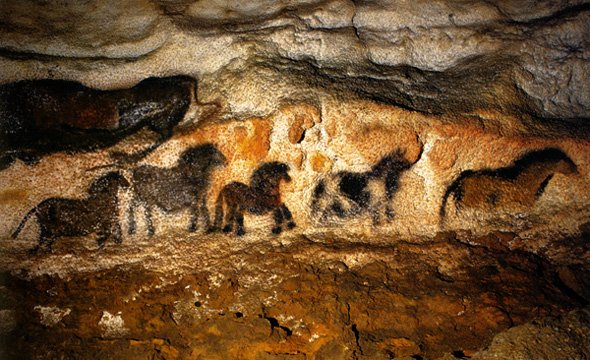
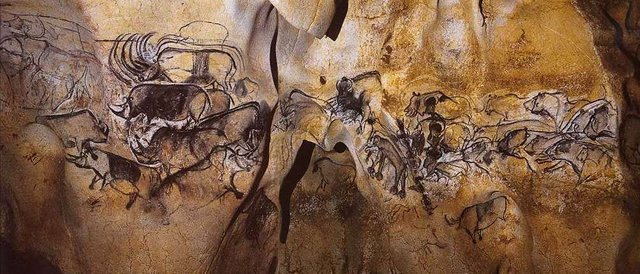
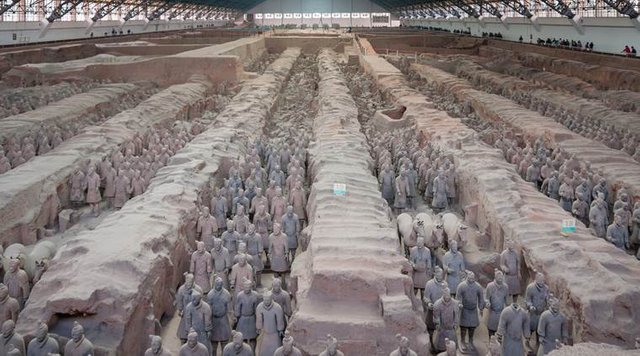
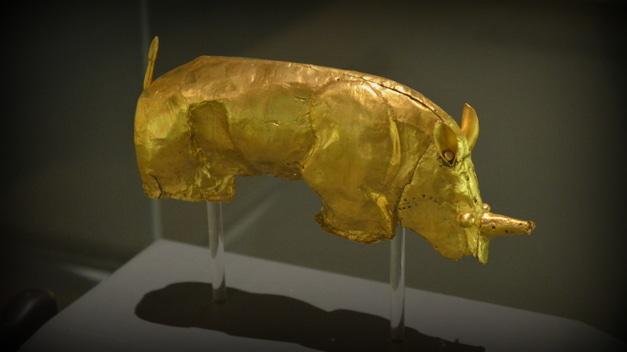
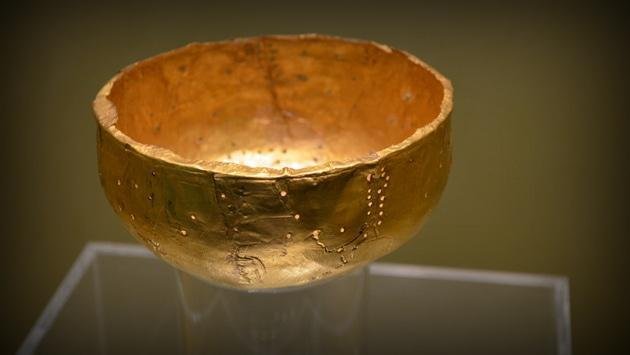
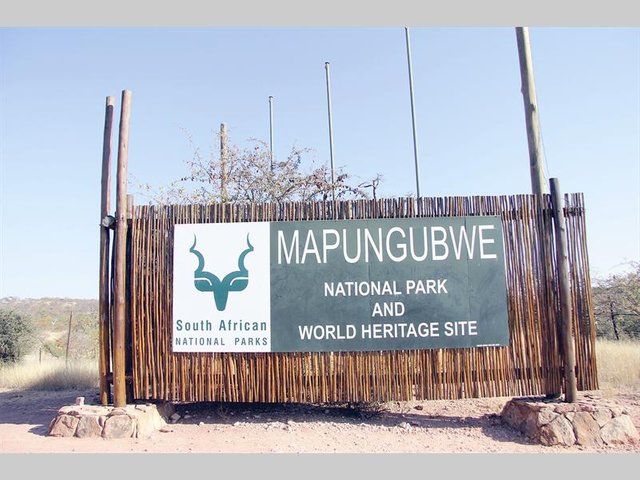
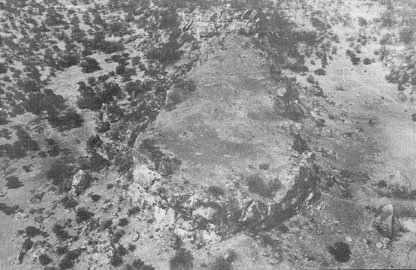

It makes one wonder what may be hiding beneath our feet. A great post.
great post
Great post @zest! Super informative as always. Thanks for sharing friend.
Great post, my friend.
All we have discovered of the past is but a mere fraction of what is left to discover.
....upvoted and resteemed
Nice post, beautifully presented and explained. detail oriented with nice pics. thank you for sharing this with us, Upvoted
Congratulations @zest! You have completed some achievement on Steemit and have been rewarded with new badge(s) :
Click on any badge to view your own Board of Honor on SteemitBoard.
For more information about SteemitBoard, click here
If you no longer want to receive notifications, reply to this comment with the word
STOPYep - Archaeology is every where - it just costs a lot of money to excavate it.
I just love treasure hunting and Archaeology! Interesting post and linkage.🐓
hell yeah, respect for the archaeo !

Qué hermosas piezas en oro, muy buenas fotos y gracias por compartirlas. Saludos